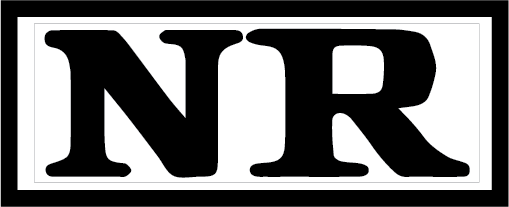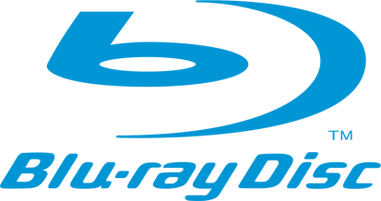

Jean Cocteau's indelible take on Jeanne-Marie Leprince de Beaumont's enduringly popular 1757 fairy tale La Belle et la Bête (Beauty and the Beast) captures the scary grandeur of old-school children's stories while setting the standard of dress-up majesty for so many theatrical and cinematic adaptations of the same. Of course, the Walt Disney animated version of Beauty and the Beast has supplanted all others—with the full weight of the Mouse House behind it—but it, too, takes off from Cocteau's version, which interpolated the notion of enchanted servants from Marie-Cathérine d'Aulnoy's 1697 La Chatte Blanche.
French villager Belle (Josette Day) has accepted her lot as the neglected homebody among nasty, would-be-socialite sisters (Mila Parély and Nane Germon) and not-so-business-savvy brother Ludovic (Michel Auclair). The siblings have grave cause for concern about their financial standing under their dubious merchant father (Marcel André), but matters take an even stranger turn than any of them could have anticipated when the fathe's life becomes indebted to a beast (Cocteau's sometime lover Jean Marais) who lives in a dark palace secreted deep in the woods. Citing her father's declining health, dutiful daughter Belle determines to take his place. The Beast, confronted with Belle's great beauty, experiences a long-dormant erotic charge but also renewed shame at his horrifying appearance. He daily lays on the table the question of whether or not Belle can love him, a hope-against-hope game-changer.
Marais plays two to three roles here, depending on how one counts them: the Beast, Belle's self-centered suitor Avenant, and Ardent, the urbane prince trapped within the growling exterior of the Beast. Neither of these "type-A"s (Avenant and Ardent) is terribly appealing, which adds an intriguing spin of doubt to what's ordinarily treated as an unambiguously happy ending (and what, after all, of the rest of Belle's family?). Rather, it's the Beast who, unexpectedly, proves most winningly human: yes, he runs down deer and tears at their raw flesh with his fangs, but his feelings of inadequacy in the face of the object of his affection will be achingly familiar to anyone who has put a love interest on a pedestal.
Therein also lies the flaw of this Beauty and the Beast, the sogginess of Belle: she's all noble victim, the ultimate self-sacrificing female with no dreams of her own, but highly suggestible to what others think best for her. Her only power—and it is considerable—is located in her namesake, her beauty. The Disney version productively chips away at this problem with its feminist reconsideration of Belle, but Cocteau wins the aesthetic match-up hands down. The dark dream imagery of Cocteau's film, with its elegant designs and magical practical effects, are endlessly inviting to the imagination, and the story's undercurrent of eroticism earns the film a near subconscious hold on the viewer. Forbidding images of forbidden people and places delineate the edges of an otherwise simplistic fable of choosing inner character over outer beauty: in its languid romance, Beauty and the Beast is about the irrepressible, exciting rightness of the "wrong."

|
|